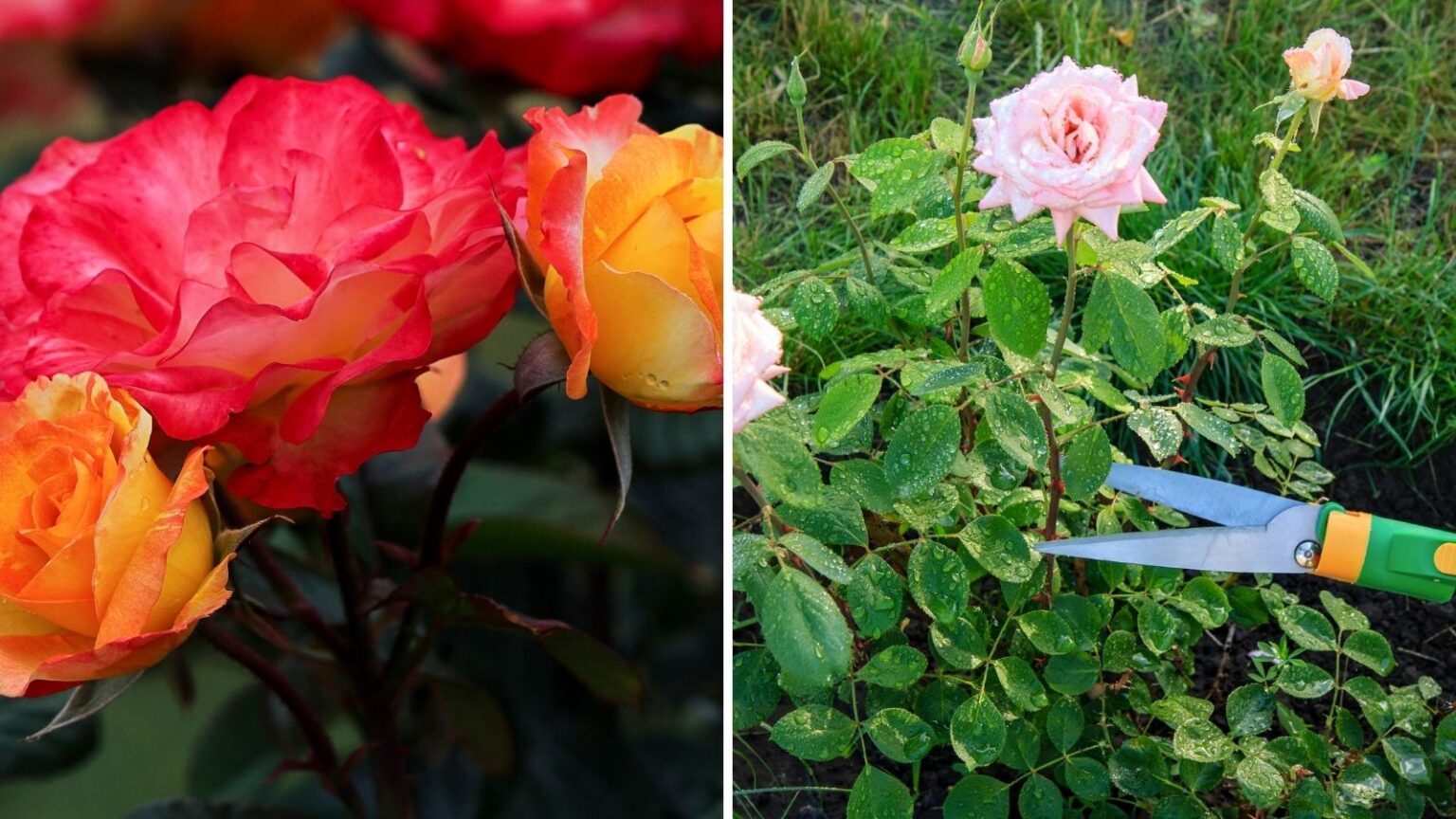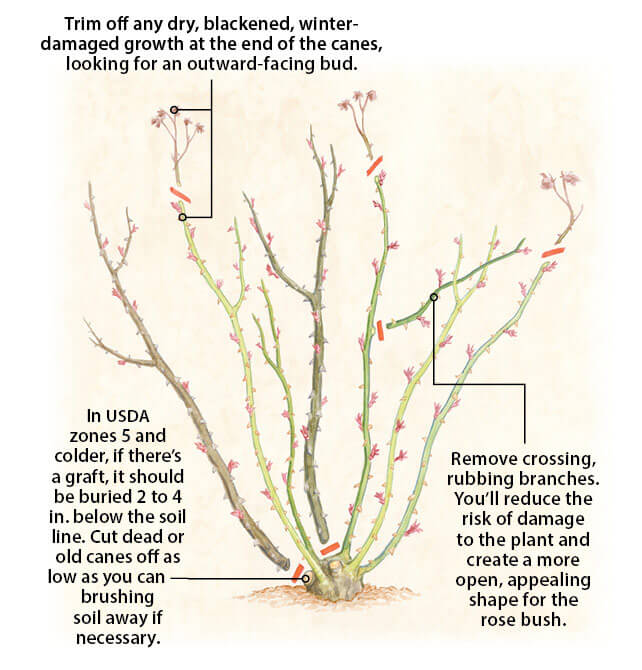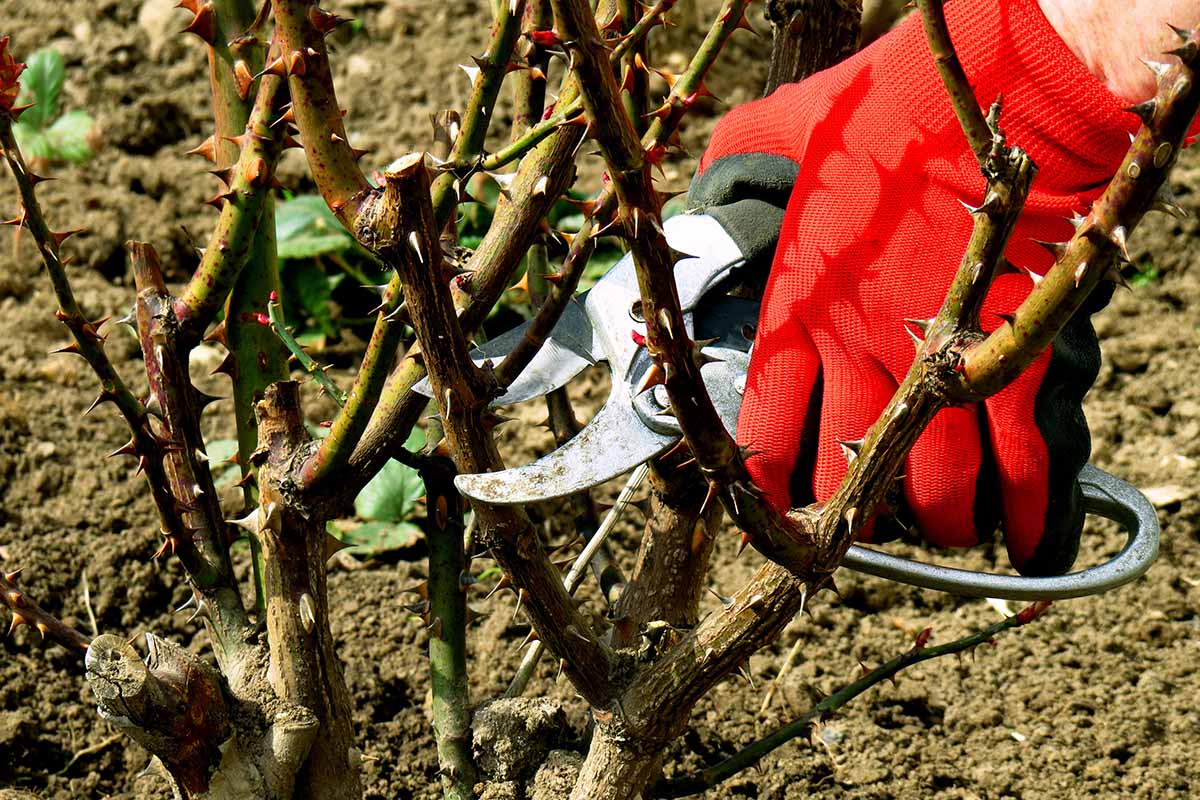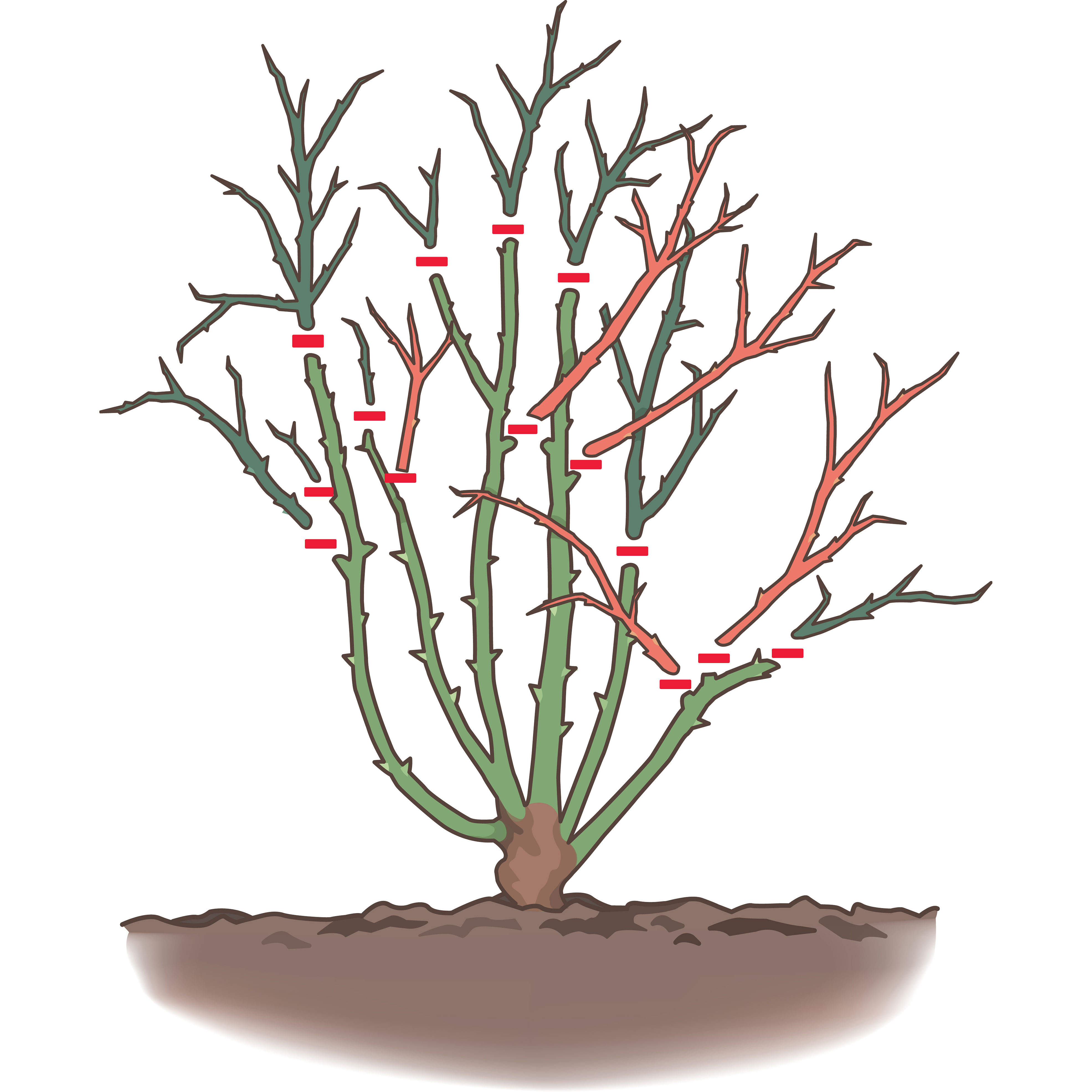The Benefits of Pruning Your Rose Bush
Pruning is an essential part of rose bush care, and when done correctly, it can promote healthy growth, encourage blooming, and maintain the shape of the plant. By pruning your rose bush, you can help prevent disease and pest issues, which can damage the plant and reduce its blooming potential. Pruning also allows you to control the size and shape of the plant, making it easier to manage and maintain.
One of the primary benefits of pruning is that it helps to remove dead, diseased, or damaged wood, which can harbor pests and diseases. By removing this wood, you can prevent the spread of disease and encourage healthy growth. Pruning also helps to promote air circulation, which can reduce the risk of fungal diseases that thrive in humid environments.
In addition to promoting healthy growth and preventing disease, pruning can also help to encourage blooming. By pruning your rose bush, you can stimulate the plant to produce more blooms, which can lead to a more vibrant and colorful display. Pruning can also help to control the timing of blooming, allowing you to enjoy your rose bush’s blooms at the optimal time.
When it comes to pruning your rose bush, it’s essential to use the right techniques to avoid damaging the plant. This includes making clean cuts, removing dead wood, and shaping the plant for optimal growth. By following these techniques, you can help to promote healthy growth, encourage blooming, and maintain the shape of your rose bush.
Pruning is a crucial part of rose bush care, and by incorporating it into your gardening routine, you can enjoy a healthy and thriving plant. Whether you’re a seasoned gardener or just starting out, learning how to prune your rose bush can help you to get the most out of your plant and enjoy its beauty for years to come.
When to Prune Your Rose Bush for Optimal Results
The timing of pruning is crucial for optimal results, and it varies depending on the type of rose bush and the climate. In general, the best time to prune rose bushes is during their dormant season, which typically occurs in late winter or early spring. This allows the plant to heal quickly and reduces the risk of disease and pest issues.
For hybrid tea and floribunda roses, pruning should be done in late winter or early spring, before new growth begins. This type of pruning is called “dormant pruning” and helps to promote healthy growth and encourage blooming. For shrub roses, pruning can be done in the spring or fall, as they are less sensitive to pruning timing.
Weather conditions also play a significant role in determining the best time to prune rose bushes. Pruning should be avoided during extreme weather conditions, such as intense heat, cold, or wet weather. Pruning during these conditions can cause stress to the plant and increase the risk of disease and pest issues.
In regions with mild winters, rose bushes may not go fully dormant, and pruning can be done in the fall or early winter. However, in areas with harsh winters, pruning should be done in late winter or early spring, when the plant is still dormant.
It’s also essential to consider the specific pruning schedule for your rose bush variety. Some rose bushes, such as climbing roses, require more frequent pruning to maintain their shape and promote blooming. Others, such as English roses, require less frequent pruning and can be pruned in the spring or fall.
By understanding the best time to prune your rose bush, you can ensure optimal results and promote healthy growth and blooming. Remember to prune your rose bush during its dormant season, and avoid pruning during extreme weather conditions. With the right pruning schedule, you can enjoy a beautiful and thriving rose bush for years to come.
Gathering the Right Tools for the Job
To prune your rose bush effectively, you’ll need the right tools for the job. High-quality pruning shears, loppers, and gloves are essential for making clean cuts and protecting yourself from thorns and sap. When selecting pruning shears, look for a pair with sharp, stainless steel blades and comfortable, ergonomic handles. Felco and Corona are two reliable brands that offer high-quality pruning shears.
Loppers are also a crucial tool for pruning rose bushes, especially for thicker stems and branches. Look for loppers with long handles and sharp, curved blades that can easily cut through thicker wood. When using loppers, be sure to wear gloves to protect your hands from the sharp blades and any thorns or sap that may be present.
Gloves are another essential tool for pruning rose bushes. Look for gloves with thick, puncture-resistant material and a comfortable fit. This will help protect your hands from thorns and sap, and also provide grip and traction when handling pruning shears and loppers.
In addition to pruning shears, loppers, and gloves, you may also want to consider a pruning saw for thicker branches and stems. A pruning saw can help you make clean cuts and remove larger branches with ease. When selecting a pruning saw, look for one with a sharp, curved blade and a comfortable, ergonomic handle.
Other tools that may be useful for pruning rose bushes include a garden cart or wheelbarrow for transporting pruning debris, and a bucket or container for collecting clippings. By having the right tools for the job, you’ll be able to prune your rose bush effectively and safely, and enjoy a beautiful and thriving plant for years to come.
Pruning Techniques for Different Types of Roses
Pruning techniques for rose bushes vary depending on the type of rose. Here are some step-by-step instructions on how to prune different types of roses:
Hybrid Tea Roses
Hybrid tea roses are one of the most popular types of roses, and they require regular pruning to promote healthy growth and blooming. To prune a hybrid tea rose, start by removing any dead or diseased wood. Cut back the stems to about 12-18 inches from the ground, making sure to leave at least three to five buds on each stem. This will help the plant produce new growth and blooms.
Floribunda Roses
Floribunda roses are similar to hybrid tea roses, but they produce clusters of blooms instead of single flowers. To prune a floribunda rose, follow the same steps as for hybrid tea roses, but make sure to leave more stems and buds to accommodate the clusters of blooms.
Shrub Roses
Shrub roses are a type of rose that is known for its compact growth and repeat blooming. To prune a shrub rose, start by removing any dead or diseased wood. Cut back the stems to about 6-12 inches from the ground, making sure to leave at least three to five buds on each stem. This will help the plant produce new growth and blooms.
Regardless of the type of rose, it’s essential to make clean cuts and remove any dead or diseased wood. This will help prevent the spread of disease and promote healthy growth. It’s also important to prune at the right time, as pruning at the wrong time can cause stress to the plant and reduce blooming.
Here are some diagrams to help illustrate the pruning process:


By following these pruning techniques and diagrams, you’ll be able to prune your rose bush effectively and promote healthy growth and blooming.
How to Prune for Maximum Blooms and Minimal Stress
Pruning is an essential part of rose bush care, and when done correctly, it can promote maximum blooming and minimize stress on the plant. Here are some tips on how to prune your rose bush for optimal results:
First, make sure to make clean cuts. This means cutting the stems at a 45-degree angle, just above a bud eye. This will help the plant heal quickly and reduce the risk of disease. Use a pair of high-quality pruning shears, such as Felco or Corona, to make clean cuts.
Next, remove any dead or diseased wood. This will help prevent the spread of disease and promote healthy growth. Cut back any dead or diseased stems to the base of the plant, making sure to disinfect your pruning shears between cuts.
After removing dead or diseased wood, shape the plant for optimal growth. This means cutting back the stems to encourage new growth and promote blooming. For hybrid tea and floribunda roses, cut back the stems to about 12-18 inches from the ground. For shrub roses, cut back the stems to about 6-12 inches from the ground.
Finally, make sure to prune at the right time. Pruning at the wrong time can cause stress to the plant and reduce blooming. For most rose bushes, the best time to prune is in late winter or early spring, before new growth begins.
By following these tips, you can prune your rose bush for maximum blooms and minimal stress. Remember to make clean cuts, remove dead or diseased wood, shape the plant for optimal growth, and prune at the right time. With a little practice and patience, you’ll be able to prune your rose bush like a pro and enjoy a beautiful and blooming plant for years to come.
Common Pruning Mistakes to Avoid
Pruning is an essential part of rose bush care, but it can be easy to make mistakes that can harm the plant. Here are some common pruning mistakes to avoid:
Pruning too much: Pruning too much of the plant can cause stress and reduce blooming. It’s essential to prune only what is necessary to maintain the shape and promote healthy growth.
Pruning too little: On the other hand, pruning too little can lead to overgrowth and reduce blooming. It’s essential to prune enough to maintain the shape and promote healthy growth.
Pruning at the wrong time: Pruning at the wrong time can cause stress to the plant and reduce blooming. It’s essential to prune at the right time, usually in late winter or early spring, before new growth begins.
Not making clean cuts: Not making clean cuts can lead to disease and pest issues. It’s essential to make clean cuts, using a pair of high-quality pruning shears, such as Felco or Corona.
Not removing dead wood: Not removing dead wood can lead to disease and pest issues. It’s essential to remove any dead or diseased wood, cutting it back to the base of the plant.
By avoiding these common pruning mistakes, you can help ensure that your rose bush remains healthy and thrives. Remember to prune only what is necessary, prune at the right time, make clean cuts, and remove dead wood.
The consequences of improper pruning can be severe, including reduced blooming, plant disease, and even plant death. By taking the time to learn how to prune your rose bush correctly, you can avoid these consequences and enjoy a beautiful and blooming plant for years to come.
After Pruning Care: Tips for a Healthy and Thriving Rose Bush
After pruning your rose bush, it’s essential to provide the right care to promote healthy growth and encourage blooming. Proper care will help your rose bush recover from the pruning process and thrive throughout the growing season. Here are some valuable tips to ensure your rose bush receives the best care after pruning:
Watering is crucial after pruning, as it helps the plant recover from the shock of pruning. Water your rose bush deeply once or twice a week, depending on weather conditions. Avoid overwatering, which can lead to root rot and other problems. Mulching around the base of the plant will help retain moisture, suppress weeds, and regulate soil temperature.
Fertilizing your rose bush after pruning will provide essential nutrients for healthy growth and blooming. Use a balanced fertilizer (10-10-10) and follow the manufacturer’s instructions for application rates. You can also add a rose-specific fertilizer for extra nutrients. Avoid overfertilizing, as this can damage the plant and the environment.
Monitoring plant health is vital after pruning. Keep an eye out for signs of disease, pests, or nutrient deficiencies. Regularly inspect your rose bush for black spot, powdery mildew, or aphids. Take action promptly if you notice any issues, using organic or chemical controls as needed.
Deadheading, or removing spent blooms, is another essential task after pruning. This will encourage your rose bush to produce more blooms and maintain its shape. Remove the entire stem, making a clean cut just above a leaf node. This will help the plant direct its energy towards producing new growth and blooms.
Finally, consider providing support for your rose bush, especially if it’s a climbing or tall variety. Use trellises, stakes, or cages to keep the plant upright and promote healthy growth. This will also help prevent damage from wind or weather conditions.
By following these tips, you’ll be able to provide your rose bush with the care it needs to thrive after pruning. Remember to prune your rose bush regularly to maintain its shape, promote healthy growth, and encourage blooming. With proper care and pruning, your rose bush will reward you with beautiful blooms and a lush, healthy appearance.
Maintenance Pruning for Ongoing Rose Bush Health
Regular maintenance pruning is essential to keep your rose bush healthy and thriving. By incorporating pruning into your regular gardening routine, you can promote optimal growth, encourage blooming, and prevent disease and pest issues. Here are some tips to help you maintain a beautiful and blooming rose bush:
Establish a pruning schedule: Depending on the type of rose bush you have, you may need to prune it every 4-6 weeks during the growing season. For hybrid tea and floribunda roses, prune them in late winter or early spring, and then again in mid-summer. For shrub roses, prune them in late winter or early spring.
Remove dead, diseased, or damaged wood: Regularly inspect your rose bush for dead, diseased, or damaged branches. Remove them promptly to prevent the spread of disease and encourage healthy growth.
Thin out the center: Remove select branches from the center of the plant to allow for good air circulation and sunlight penetration. This will help prevent disease and promote healthy growth.
Check for suckers: Suckers are shoots that grow from the base of the plant. Remove them promptly, as they can take energy away from the rest of the plant.
Monitor plant height: Keep an eye on the height of your rose bush and prune it regularly to maintain a desired height. This will help prevent the plant from becoming leggy and promote bushy growth.
Prune for shape: Prune your rose bush to maintain a desired shape. Remove branches that are growing outside of the plant’s natural shape, and trim back branches that are too long.
Use the right tools: Use high-quality pruning shears, loppers, and gloves to make clean cuts and prevent damage to the plant.
Make clean cuts: When pruning, make clean cuts just above a leaf node. This will help the plant heal quickly and reduce the risk of disease.
By following these tips, you can keep your rose bush healthy and thriving through regular maintenance pruning. Remember to prune your rose bush regularly to promote optimal growth, encourage blooming, and prevent disease and pest issues. With proper pruning and care, your rose bush will reward you with beautiful blooms and a lush, healthy appearance.








